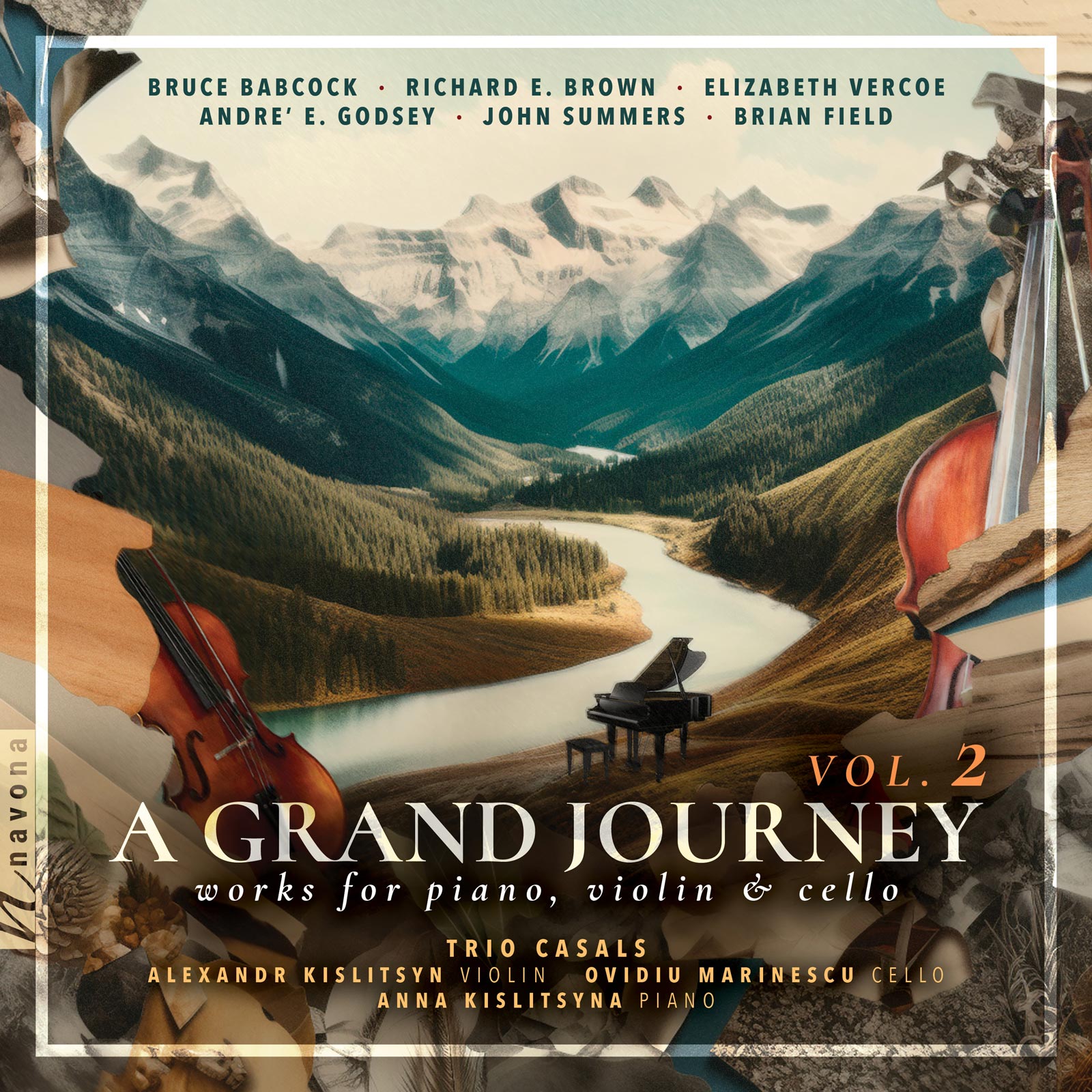A Grand Journey Vol. 2
Bruce Babcock composer
Richard E Brown composer
Elizabeth Vercoe composer
Andre’ E. Godsey composer
John Summers composer
Brian Field composer
Trio Casals
Alexandr Kislitsyn violin
Ovidiu Marinescu cello
Anna Kislitsyna piano
With music echoing themes of persistence in the face of adversity, calls for reflection and attention on acts of injustice, and more, A GRAND JOURNEY VOL. 2 delivers resounding chamber music from a diverse range of contemporary composers. Performed by the critically-acclaimed Trio Casals, this Navona Records release offers a variety of sounds, from traditional classical forms to jazz-infused rhythms, mixed meters, and a deeply-moving piece for solo cello.
Listen
Stream/Buy
Choose your platform
Track Listing & Credits
| # | Title | Composer | Performer | |
|---|---|---|---|---|
| 01 | Nevertheless: I. Allegro | Bruce Babcock | Trio Casals | Alexandr Kislitsyn, violin; Ovidiu Marinescu, cello; Anna Kislitsyna, piano | 4:13 |
| 02 | Nevertheless: II. Moderato | Bruce Babcock | Trio Casals | Alexandr Kislitsyn, violin; Ovidiu Marinescu, cello; Anna Kislitsyna, piano | 4:39 |
| 03 | Nevertheless: III. Presto | Bruce Babcock | Trio Casals | Alexandr Kislitsyn, violin; Ovidiu Marinescu, cello; Anna Kislitsyna, piano | 3:22 |
| 04 | Sonatina for Cello and Piano: I. Allegro Moderato | Richard E Brown | Ovidiu Marinescu, cello; Anna Kislitsyna, piano | 3:09 |
| 05 | Sonatina for Cello and Piano: II. Andante con moto | Richard E Brown | Ovidiu Marinescu, cello; Anna Kislitsyna, piano | 3:15 |
| 06 | Sonatina for Cello and Piano: III. Allegro | Richard E Brown | Ovidiu Marinescu, cello; Anna Kislitsyna, piano | 2:23 |
| 07 | Sonaria | Elizabeth Vercoe | Ovidiu Marinescu, cello | 8:27 |
| 08 | String Trio No. 1: Reflections Through the Windows Raindrops: I. Andante | Andre’ E. Godsey | Trio Casals | Alexandr Kislitsyn, violin; Ovidiu Marinescu, cello; Anna Kislitsyna, piano | 1:29 |
| 09 | String Trio No. 1: Reflections Through the Windows Raindrops: II. Moderato con moto | Andre’ E. Godsey | Trio Casals | Alexandr Kislitsyn, violin; Ovidiu Marinescu, cello; Anna Kislitsyna, piano | 2:28 |
| 10 | String Trio No. 1: Reflections Through the Windows Raindrops: III. Allegro Vivace | Andre’ E. Godsey | Trio Casals | Alexandr Kislitsyn, violin; Ovidiu Marinescu, cello; Anna Kislitsyna, piano | 2:18 |
| 11 | Converse for Solo Violin and Cello | John Summers | Alexandr Kislitsyn, violin; Ovidiu Marinescu, cello | 7:03 |
| 12 | Moderato for Solo Cello | John Summers | Ovidiu Marinescu, cello | 9:05 |
| 13 | ...and all that jazz... | Brian Field | Alexandr Kislitsyn, violin; Ovidiu Marinescu, cello | 5:05 |
Recorded May 31, June 1-2, 2022, and February 15, 2023, at the Madeline Wing Adler Theater, West Chester University in West Chester PA
Session Producer & Engineer Brad Michel
Assistant Session Engineer Melanie Montgomery (tracks 1-3, 8-10)
Production Director Levi Brown (tracks 4-7, 11-13)
Editing, Mixing Melanie Montgomery (tracks 1-3, 7-10)
Editing Ethan Fields (tracks 4-6, 11-13)
Additional Editing & Mixing Melanie Montgomery (tracks 4-6, 11-13), Lucas Paquette (tracks 4-6)
Mastering Melanie Montgomery
Executive Producer Bob Lord
A&R Director Brandon MacNeil
A&R Chris Robinson, Danielle Sullivan
VP of Production Jan Košulič
Audio Director Lucas Paquette
Production Manager Martina Watzková
VP, Design & Marketing Brett Picknell
Art Director Ryan Harrison
Design Edward A. Fleming
Publicity Patrick Niland, Aidan Curran
Artist Information

Bruce Babcock
Applauded by Aaron Copland, inspired by Desmond Tutu, and mentored by Hugo Friedhofer and Earle Hagen, Bruce Babcock has spent his working life composing music for the musicians of Los Angeles. Successful in both film and television, and the concert hall, he is known for vibrant, sonorous, expressive pieces that immerse audience and performers alike in an inclusive and exuberant celebration of the musical art.
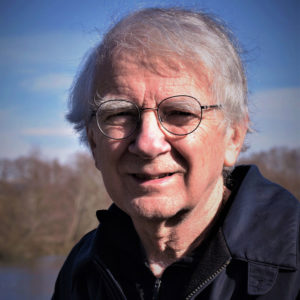
Richard E Brown
Richard E. Brown, a native of New York State and has been active as a composer-arranger and music educator for many years. His training includes M.M. and D.M. degrees in composition from Florida State University, as well as a B.A. in music education from Central College, which named him a Distinguished Alumnus in 1983. His principal composition studies were with Carlisle Floyd, John Boda, and Charles Carter.
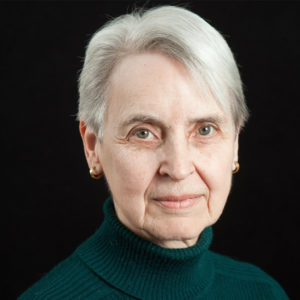
Elizabeth Vercoe
Elizabeth Vercoe has been hailed by the Washington Post as "one of the most inventive composers working in America today." Active as a composer in the United States and abroad, she has been a fellow at the Civitella Ranieri Center in Italy, the St. Petersburg Spring Music Festival in Russia, The Cite Internationale des Arts in Paris, and the MacDowell Colony in New Hampshire. Her music has been performed by the Memphis Chamber Symphony, the Women's Philharmonic, the Boston Musica Viva, Alea III, the Great Noise Ensemble, and counter) induction.
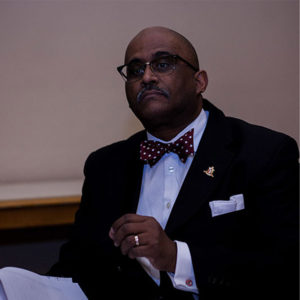
Andre’ E. Godsey, Sr.
Dr. Andre’ E. Godsey, Sr., Ph.D. has found his voice in the contemporary classical music venue. Over the last 15 years, he reveals an ability to inspire and entertain audiences nationally and internationally. At Lake Clifton Senior High school in Baltimore MD, he was awarded the Musician of the Year for 1979. In more recent times, several musical events include the world premiere of Symphony Number One in C# Minor: Themes for Soren Kierkegaard, “Movement One,” at the Sao Paulo Contemporary Classical Music Festival, in Sao Paulo, Brazil, 2019.
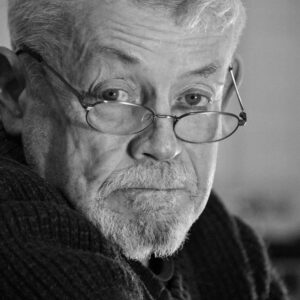
John Summers
John Summers began his professional composing career in 1973, writing music for schools for a touring theater company, where he produced every type of production, from educational musicals for young kids to setting curriculum poetry (Shakespeare, Eliot, etc) to music. This continued until 1977, and in the process, he visited every small and large town in the Eastern states of Australia.
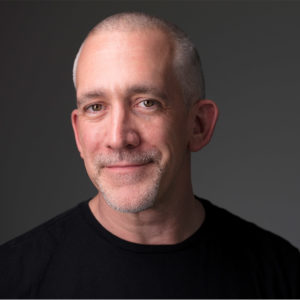
Brian Field
Brian Field’s music is an eclectic fusion of lyricism and driving rhythm that brings together elements of post-romanticism, minimalism, and jazz. Field has received a host of awards, including the RMN Classical recording prize, the Benenti Foundation recording prize, Briar Cliff Choral Music Competition (first prize), the Victor Herbert ASCAP Young Composers’ Contest (first prize), among many others.
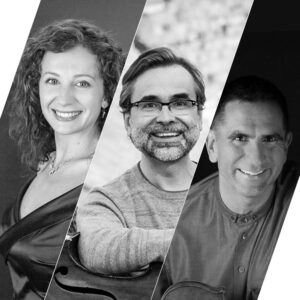
Trio Casals
Since making a highly-praised debut at the 1996 edition of the Pablo Casals Festival in Puerto Rico, Trio Casals has delighted audiences with spectacular virtuosity, engaging enthusiasm, and exquisite musical elegance. The ensemble released several commercial albums with PARMA Recordings and Navona Records to critical acclaim with Ovidiu Marinescu and past members including Anna Kislitysyna, Alexandr Kislitsyn, and Sylvia Ahramjian, from the beloved MOTO series to A GRAND JOURNEY and more. Marinescu remains in the current ensemble line up, with Mădălina-Claudia Dănilă and Timothy Schwarz joining in 2024.
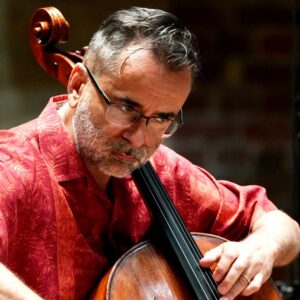
Ovidiu Marinescu
Ovidiu Marinescu is internationally recognized as a cellist, composer, conductor, and educator. He has performed at Carnegie Hall, Weill Hall, Merkin Hall (New York), the Great Hall of the Moscow Conservatory, Holywell Room in Oxford, Oriental Art Center in Shanghai, and has appeared as soloist with the London Symphony, New York Chamber Symphony, the National Radio Orchestra of Romania, Moscow Chamber Orchestra, Helena, Great Falls, Portsmouth, and Newark Symphonies, Southeastern Pennsylvania Symphony Orchestra, Cleveland Philharmonic, Limeira Symphony in Brazil, Orquesta de Extremadura in Spain, and most of the professional orchestras in his native Romania. The album LONDON CELLO CONNECTION features Marinescu and London Symphony Orchestra in eight newly commissioned cello concertos by North American composers.
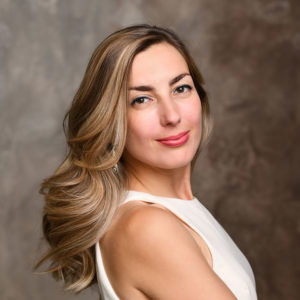
Anna Kislitsyna
Pianist and harpsichordist Anna Kislitsyna made her solo debut at age 10 with the Omsk Symphony Orchestra. She remains in high demand as a soloist, collaborative pianist, and educator. Recent season highlights include five new album productions with PARMA Recordings and two release concerts in Carnegie Hall’s Weill Recital Hall, performing Haydn and Shostakovich Piano Concertos with Helena Symphony and Southeastern Pennsylvania Symphony Orchestra, and returning to the Omsk Philharmonic as a soloist to give the inaugural performance on the new harpsichord.
